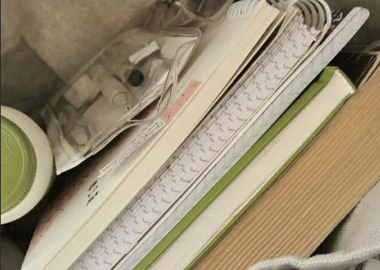Chemistry Year 9 no.3
Cards (20)
- What is a pure substance made up from?
- What is a mixture made up of?
- What are emulsifiers?
- What does immiscible mean?
- What does emulsion mean?
- A) Hydrophobic tailB) Hydrophilic head
- What is the separation technique used to separate mixtures of soluble (usually coloured) substances?
- What is the difference between molecules and mixtures?
